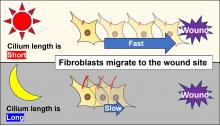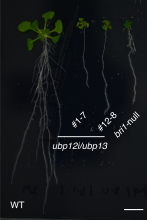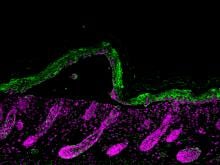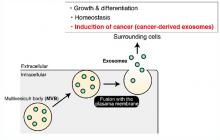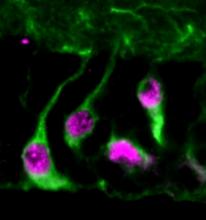EMBO Reports
News
20 Dec 2023
We’re all familiar with our body’s internal clock: it gives us cues on when to wake and when to rest, but it also can determine the rate and time of day at which your body most effectively heals wounds.
21 Nov 2023
Researchers from Osaka University have shown that lysosomes, key organelles for maintaining cellular stability, can be repaired once damaged by a process termed microautophagy. They identified molecules called STK38 and GABARAPs as key regulators of this process. Depletion of microautophagy regulators lead to increased cellular senescence and a shorter lifespan, indicating the importance of this process. This study is highly significant for the achievement of healthy aging and points toward new therapies for age-related diseases.
28 Sep 2022
Research performed on human blastoids, a research model of an early embryo built out of stem cells, may allow scientists to understand better what causes birth defects and lost pregnancies, and so prevent them. But such research is also ethically fraught, warn bioethicists, due to differing beliefs on whether the blastoid possesses sentience or has the potential to do so.
03 Jun 2022
Scientists have revealed two enzymes that regulate protein degradation of proteins in the cell membrane of plants, and established the roles they play in plant growth and development.
14 Jun 2021
A team of scientists has shown that the healing of skin blisters is driven by hair follicle stem cells, which delay their own development in the process.
07 May 2021
A group of researchers have discovered that the cells that line the surfaces of organs or specific tissues – epithelial cells – asymmetrically release two types of exomes with distinct protein compositions. Their discovery could help understand how cancer spreads.
11 Feb 2021
A brain enzyme activates dormant neural stem cells, revealing how defects in its gene could lead to neurodevelopmental disorders.
Events
Sorry, no events coming up for this topic.
Researchers
Sorry, no researchers coming up for this topic.
Giants in history
Sorry, no researchers coming up for this topic.



